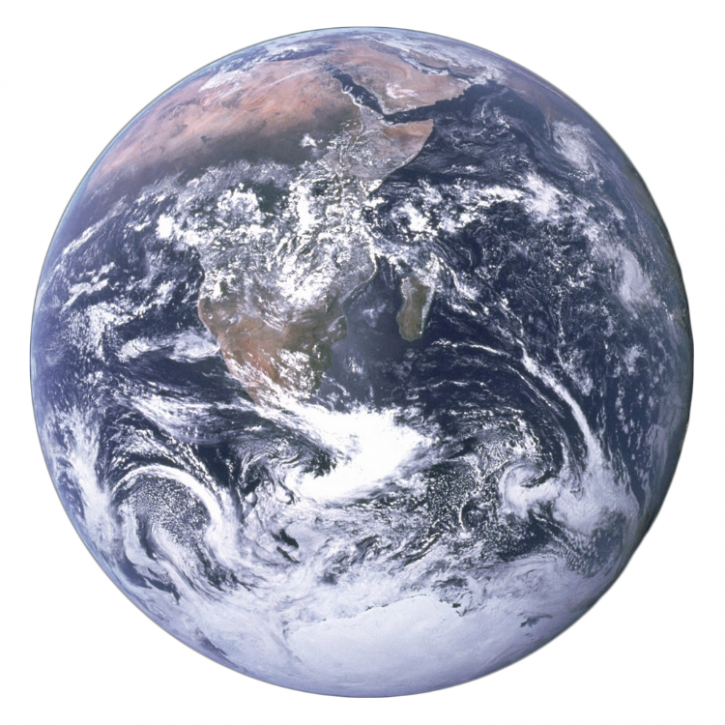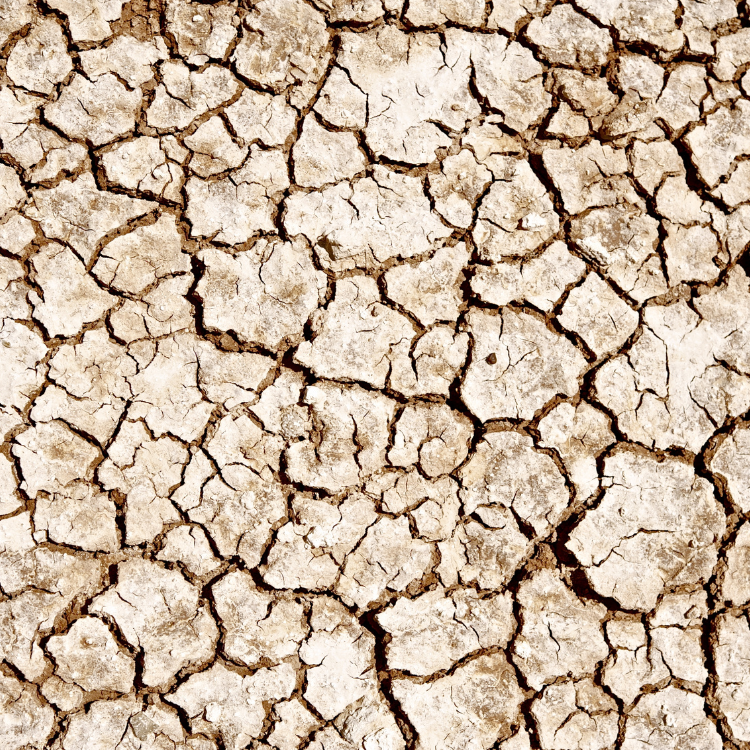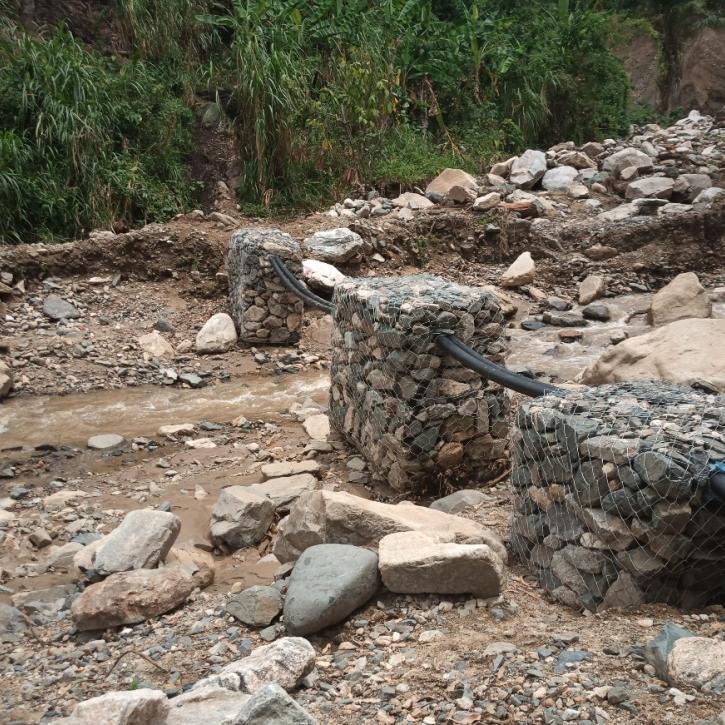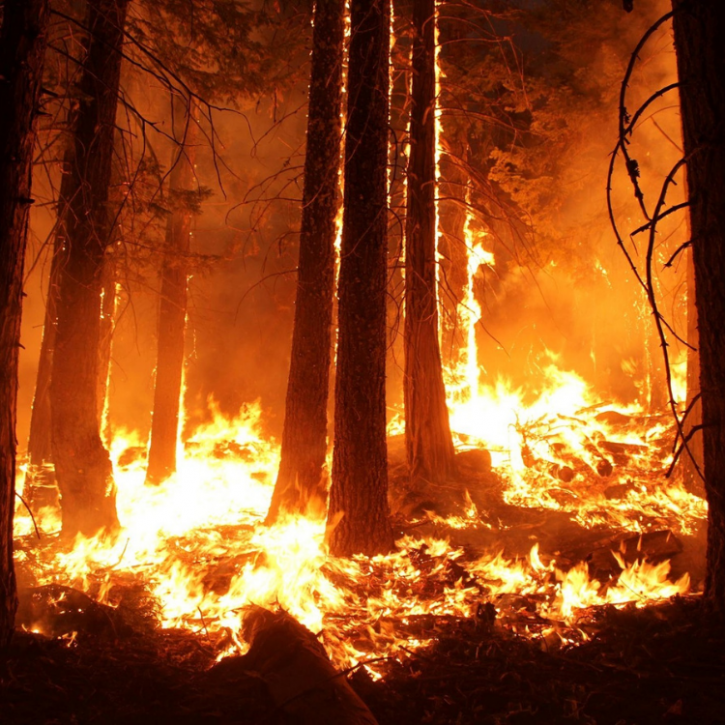

Southern hemisphere tropical cyclones: A critical analysis of regional characteristics
Title: Southern hemisphere tropical cyclones: A critical analysis of regional characteristics
Authors: Micheal T. Pillay, Jennifer M. Fitchett
Journal: International Journal of Climatology
URL: https://doi.org/10.1002/joc.6613
Tropical cyclones, also known as hurricanes or typhoons, are massive (500-1000 km in diameter) weather systems which cause widespread destruction due to the high windspeeds and heavy rainfall they bring to regions they move over. Not all tropical cyclones are the same; they form in different tropical and subtropical locations, at different times of the year and reach different intensities (calculated from their windspeed and pressure). Data prior to 1980 is highly fragmented due to various collection techniques. Data were collected for tropical cyclones in the northern hemisphere much earlier than the southern hemisphere and with much more precision. From 1980 onward, data collection became similar across the globe in quality and technology (using satellites). Thus, global tropical cyclone knowledge is based on averaged data, with a bias towards northern hemisphere tropical cyclones.
This study explores the differences in southern hemisphere tropical cyclones compared to northern hemisphere tropical cyclones. The latest best track data from the National Oceanic and Atmospheric Association (NOAA) IBTrACS database was used, which provides location, time, windspeed and pressure of tropical cyclones through their lifetimes. Ocean temperature was also used at the point of storm genesis (when a tropical cyclone attains windspeeds above 119 Km/hr). From the data, 493 tropical cyclones were found to have occurred in the southern hemisphere between 1980 and 2016. This was a smaller number than the amount occurring in the northern hemisphere. The seasons and latitudes in which tropical cyclones form in both hemispheres were related to the temperature of the ocean and whether the hemisphere was experiencing summer conditions. Under climate change, seasonal patterns are changing. The northern hemisphere has seen an extension of its tropical cyclone season, but this is not evident in the southern hemisphere. The study also found the sea surface temperature was cooler during storm formation in the northern hemisphere, compared to the southern hemisphere, which had warmer temperatures. In both hemispheres, warmer ocean temperatures have been linked to higher storm intensities, i.e. stronger winds, larger tropical cyclones and lower pressures, which all lead to more dangerous storm events.
The fundamental aspect of temperature, which appears to influence both how strong a tropical cyclone can be and its timing, is an important aspect to be monitored and incorporated into our planning for prevention and limitation of damages that can occur from tropical cyclones in a warming planet.




